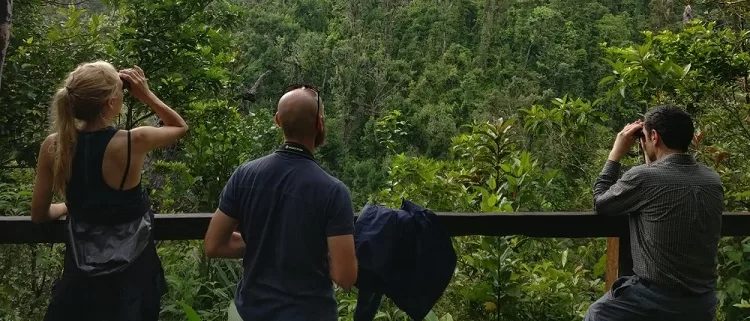Much of Earth’s biodiversity remains unknown, with countless species—and their ecological roles—hidden in both explored and unexplored habitats. At RARElab, we are dedicated to identifying undiscovered life, pinpointing where new species are most likely to be found, and filling critical gaps in our understanding of life on Earth.
In a current project focusing on freshwater fish, we partnered with experts to use extensive species-level data and predictive modelling to identify geographic and taxonomic discovery gaps. By analyzing biological and environmental, we aim to highlight regions with the highest potential for new species findings. This approach builds on past research into terrestrial vertebrates, where models suggest that amphibians and reptiles in the Neotropics and Indo-Malayan forests—particularly in Brazil, Indonesia, Madagascar, and Colombia—are among the most promising candidates for future discoveries (Moura & Jetz 2021). Collaborating with these researchers and others, we are now applying similar methods to freshwater ecosystems to expand our understanding of aquatic biodiversity.
However, our interests go beyond modelling discovery potential. A key goal of RARElab is to identify priority regions for future expeditions, where researchers can actively search for new and lost species. By integrating species distribution data, habitat assessments, and discovery trends, we aim to provide a scientific foundation for targeted exploration efforts.
By determining where species are still waiting to be found, we help conservationists and scientists prioritize efforts to locate and protect lost, rare, understudied, and undescribed species—ensuring that biodiversity is not just documented but safeguarded for the future.
Moura, M.R., Jetz, W. Shortfalls and opportunities in terrestrial vertebrate species discovery. Nat Ecol Evol5, 631–639 (2021). https://doi.org/10.1038/s41559-021-01411-5
Support our undiscovered life initiative ba supporting our research.
Help us uncover the biodiversity that’s waiting to be discovered. Donate today to fuel our research.

